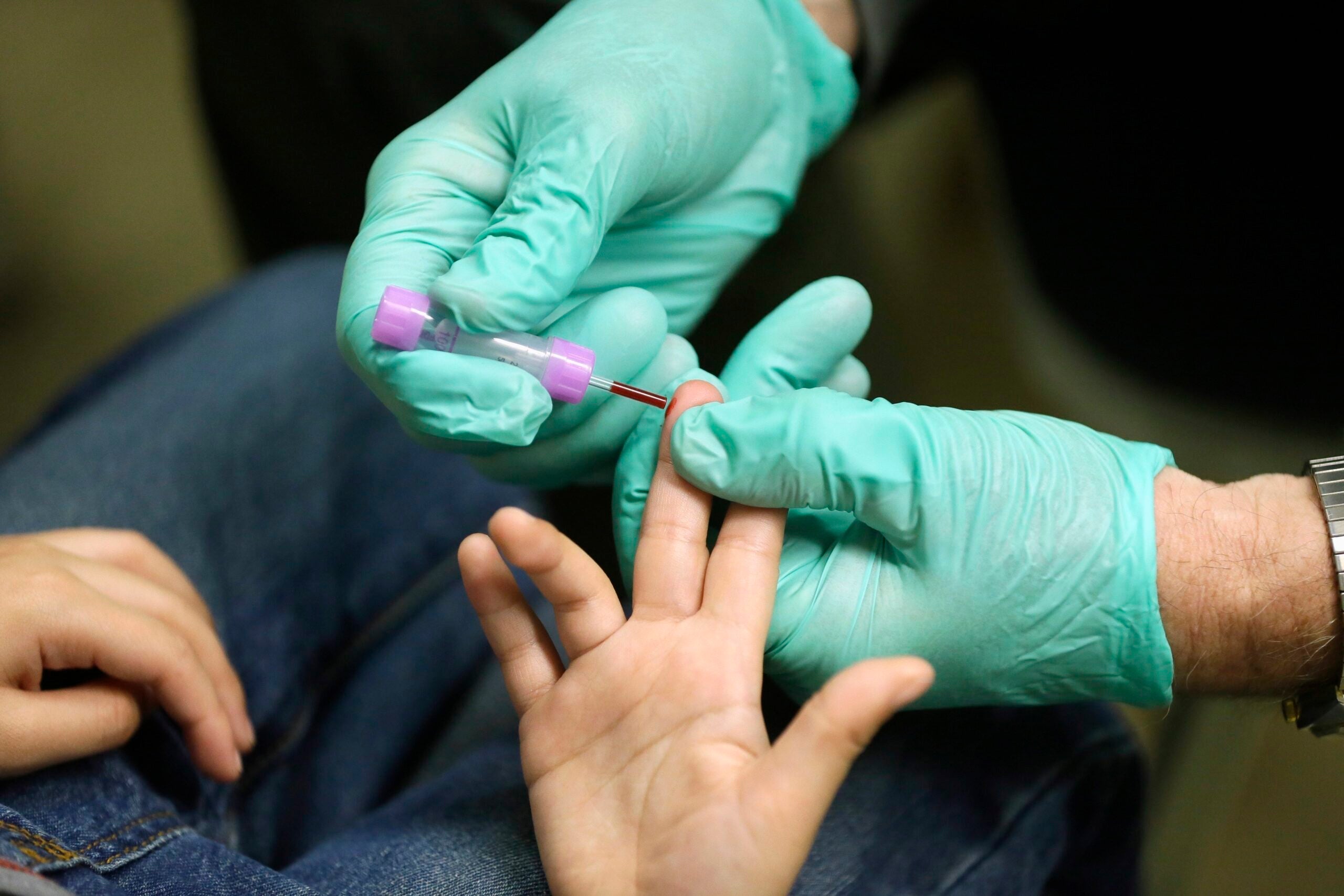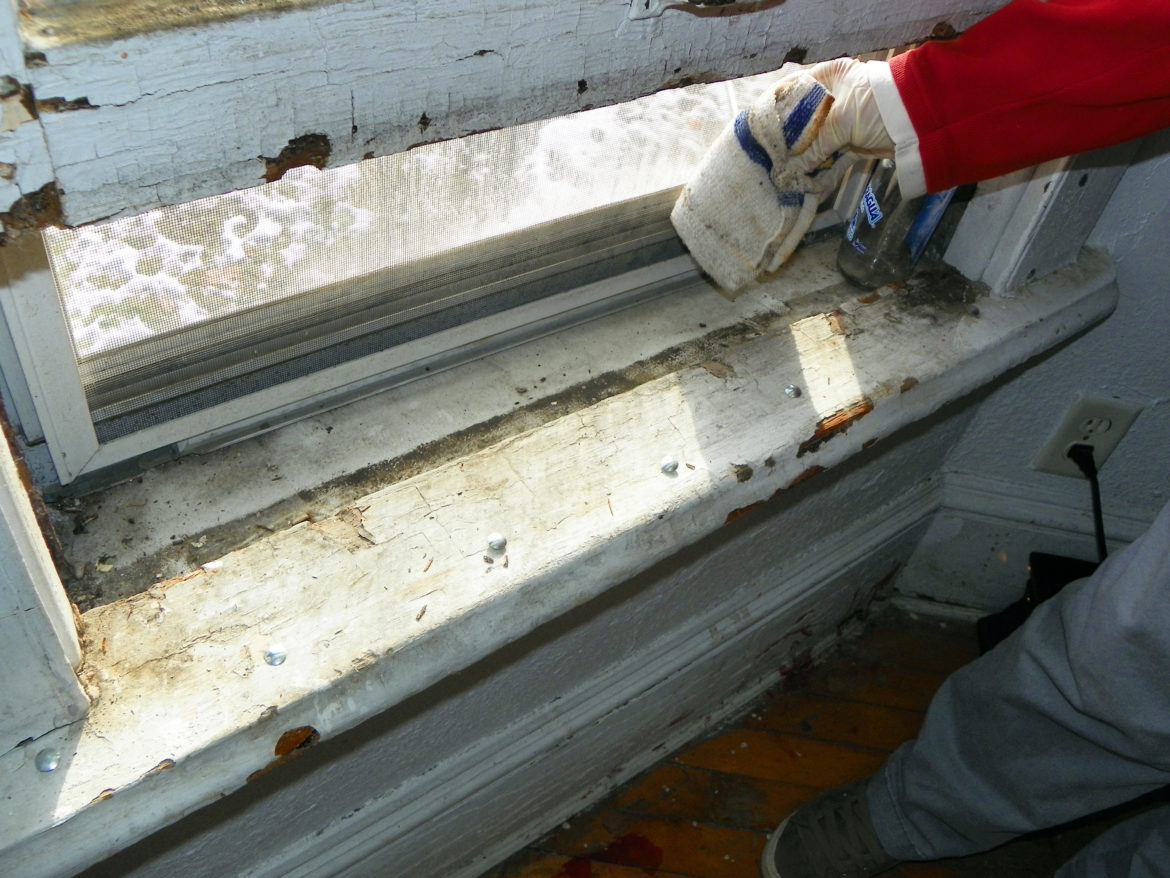The number of tests used to detect lead poisoning in Wisconsin children declined substantially during the pandemic, especially among groups most likely to be exposed to lead in drinking water or from paint in older homes.
Fewer doctor visits during the pandemic led to a 25 percent decline in lead tests compared to pre-pandemic levels, according to state health officials. There is no safe level of lead exposure, which can cause damage to the brain and learning delays.
Disparities in lead poisoning among children are particularly stark when it comes to race, Brian Weaver, a lead policy advisor for the Wisconsin Department of Health Services, said. In 2019, 45 percent of Black children tested had lead detected in their blood, even though they comprised only 18 percent of all the children tested in Wisconsin.
Stay informed on the latest news
Sign up for WPR’s email newsletter.
“We see a concentration of lead poisoning in cities like Milwaukee, in cities where we have housing stock pre-1978 and also housing stock that is not kept up where you see chipping, peeling paint,” Weaver said Thursday in interview on Wisconsin Public Radio’s “The Morning Show.”
The problem also affects rural areas, he said.
Children in Vernon, Sheboygan, Rusk, Jefferson and Rock counties had similarly high rates of lead poisoning compared to Milwaukee. However, Weaver said every county in Wisconsin had a child under age 6 who has tested positive for lead in the past 25 years.
More than half of children in the United States are at risk of lead exposure — often in their own home, according to the Centers for Disease Control and Prevention.
Lead poisoning has been a serious problem in Wisconsin for decades with now banned lead paint being the primary source. But lead pipes carrying drinking water can also be a source.
Illinois, Iowa and Wisconsin all rank in the Top 10 for having the most lead pipes, according to a report by the National Resources Defense Council.
President Joe Biden visited Ohio in February to push for removal of lead pipes, part of a bipartisan infrastructure plan. The Biden administration wants to replace all lead water pipes and service lines in the nation within the next decade.
Both the state and federal governments have tried to draw attention and provide funds to replace lead water mains.
In December, the U.S. Department of Agriculture Secretary Tom Vilsack visited Bloomer to announce the city would receive nearly $28 million in loans and grants to help Bloomer replace 4.6 miles of lead water main pipe and other aging sewer infrastructure.
Wisconsin Public Radio, © Copyright 2025, Board of Regents of the University of Wisconsin System and Wisconsin Educational Communications Board.





